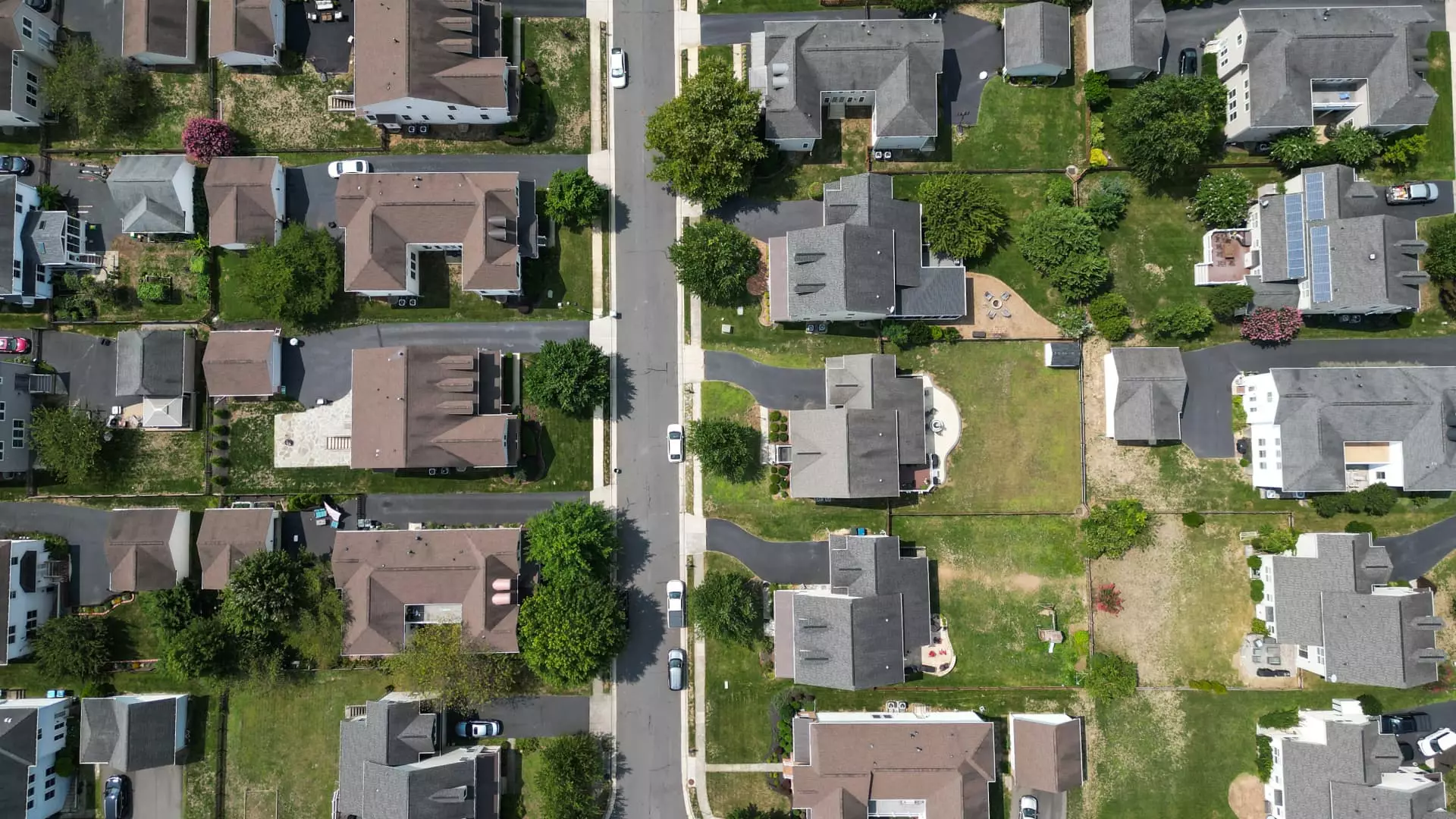In recent weeks, mortgage rates have dipped to levels not seen since April, igniting renewed interest among homeowners seeking financial relief through refinancing. This decline, while seemingly a boon for consumers, conceals a deeper economic narrative that warrants scrutiny. The uptick in refinance applications—rising 7% week-over-week and 40% year-over-year—appears as a positive sign. Yet, beneath this surface, it reflects a market still grappling with uncertainty, where many are leveraging fleeting lower rates rather than stepping confidently into the homebuying arena. The average interest rate for a 30-year fixed mortgage has edged down slightly, but this marginal shift is unlikely to sustain momentum without broader economic support.
Refinance Frenzy or Market Anxiety?
The surge in refinancing activity, especially among those with larger loans, points to a sense of cautious optimism among current homeowners. The increase in average loan sizes suggests that borrowers are capitalizing on lower rates to optimize their debt load. However, this behavior should not be mistaken for robust market health. It likely indicates a strategic move to minimize costs amid economic turbulence, rather than an indication of sustained growth. For prospective homebuyers, the situation appears more subdued—applications to purchase a home have remained stagnant, barely budging over the past week, and hovering 16% higher than last year. This tepid activity hints at underlying hesitations driven by economic headwinds, such as inflation, job market volatility, or policy uncertainty.
The Hidden Fragility Beneath Rate Drops
While the headline figures paint a picture of an improving housing market, a centrist, pragmatic perspective reveals lingering fragility. The slight decrease in rates cannot obscure the fact that mortgage activity remains subdued, and the broader economic environment continues to cast doubt on sustained growth. The market’s reliance on kurzfristig drops in rates as a catalyst for activity might be short-sighted, exposing vulnerabilities to unpredictable economic shifts. For example, recent job data and labor market dynamics suggest that neither consumers nor lenders can afford to become complacent. The recent flatness in rates after initial drops, following solid employment reports, signals that the foundation remains shaky—and that this temporary relief may soon be overshadowed by economic realities.
Balancing Optimism with Prudence
From a center-leaning liberal perspective, it is essential to recognize that while low rates provide some immediate relief, they are not a cure-all. Policymakers and consumers alike must appreciate the complex interplay of factors driving the housing market. Promoting responsible lending practices, ensuring affordability, and fostering economic stability are crucial to prevent the cycle of hope and disappointment from repeating. The current situation offers a stark reminder: short-term rate declines can mask deeper systemic vulnerabilities. Relying solely on monetary policy adjustments to stimulate housing activity risks overlooking the broader structural issues that must be addressed to safeguard long-term stability.


Leave a Reply